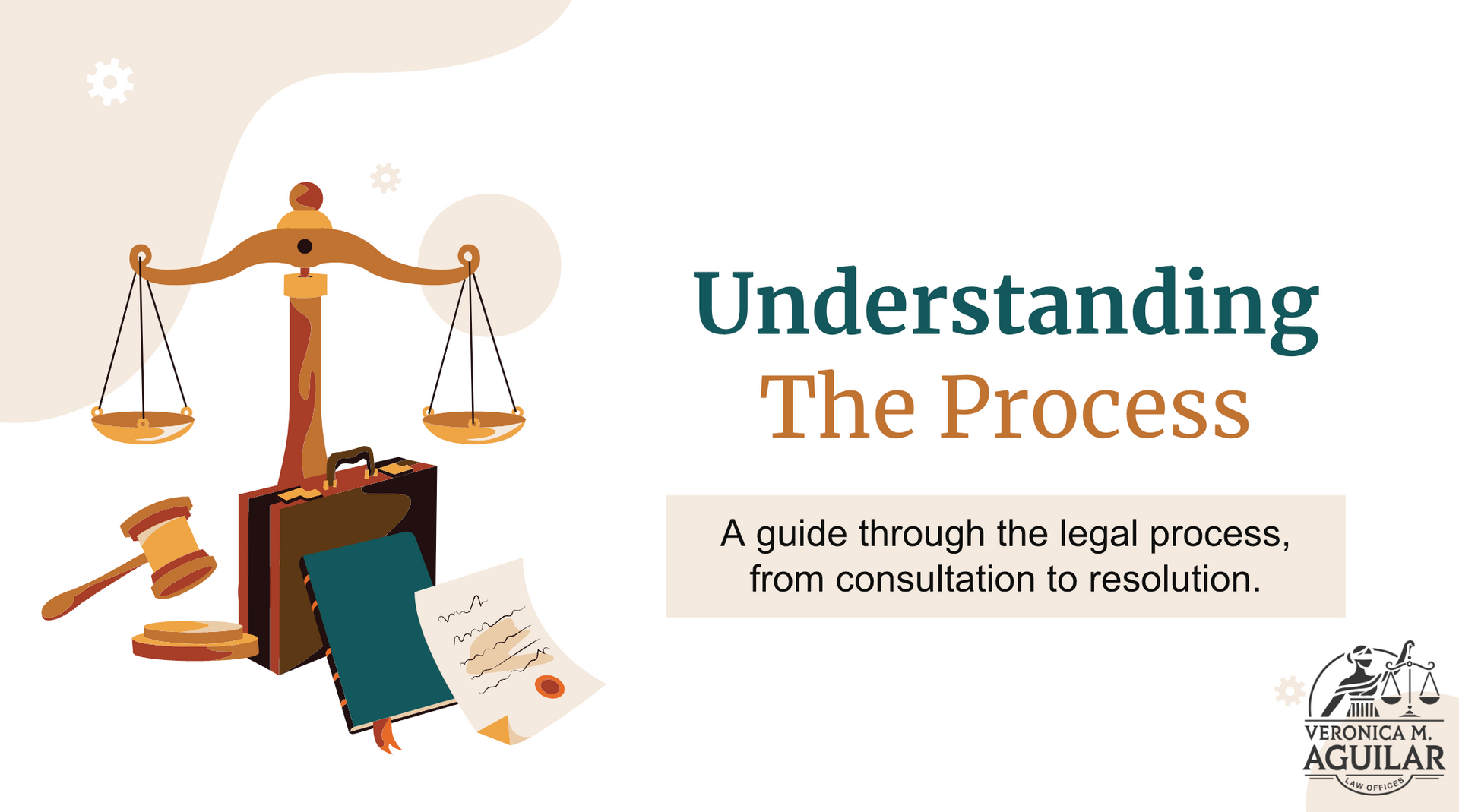Steps to Take During a Divorce Process
Going through a divorce can be one of the toughest experiences in life. The process can feel overwhelming, as it involves a mix of legal, financial, and emotional challenges. Understanding what steps to take can make this difficult time a little more manageable.
Knowing the legal requirements and gathering necessary documents helps you get started. Managing finances and assets carefully is crucial for a fair settlement. If children are involved, considering their custody and support is a top priority to ensure their well-being. Additionally, taking care of your emotional health is important during this major life change.
By taking thoughtful steps and staying organized, you can navigate the divorce process more smoothly. This guide aims to provide helpful insights to assist you through each stage, offering clarity in a time that often feels confusing and stressful. Focus on the necessary steps to help create a smoother path forward.
Understanding Legal Requirements and Documentation
The first step in the divorce process is understanding the legal requirements and gathering necessary documents. This involves knowing what the law requires in your state and what paperwork you need to complete. Legal requirements can vary, so it’s important to familiarize yourself with the specific rules applicable to your situation.
Start by gathering essential documents such as marriage certificates, financial statements, and any previous court orders. Ensure that you have personal identification and records of your children, if applicable. Filing accurately and completely is key to avoiding unnecessary delays.
Pay attention to filing deadlines and residency requirements. Each state has its own rules about how long you or your spouse must have lived there before you can file for divorce. Make sure you understand the grounds for divorce that your state recognizes. These might include issues like irreconcilable differences or specific faults.
Here’s a checklist to get started with documentation:
- Marriage Certificates: Have certified copies on hand.
- Financial Statements: Include bank accounts, investments, debts, and tax returns.
- Identification: Gather personal IDs and children’s birth certificates.
- Court Orders: Collect any existing legal documents related to custody or previous divorces.
- Residency Proof: Ensure compliance with state residency requirements.
Organizing these documents early helps streamline the divorce process and ensures you’re prepared for meetings with legal professionals. Staying organized prevents confusion and keeps your case moving forward smoothly.
Organizing Financial Information and Assets
Organizing financial information and assets is another critical step during a divorce. This helps in determining fair division and setting the groundwork for your financial future. Being thorough and organized gives you a clearer picture of what you own, owe, and need.
Start by making a complete list of all assets, including property, bank accounts, retirement funds, and investments. Don’t forget to include smaller assets like valuable collections or personal belongings. Listing debts is equally important. Include mortgages, personal loans, and any outstanding bills.
Develop a budget that reflects your current living expenses and any changes you expect once the divorce is finalized. This gives you a realistic understanding of your financial needs. Having this information helps in discussions about spousal support or alimony.
Here’s how to organize your financial information:
- Asset Inventory: List all tangible and intangible assets.
- Debt List: Document outstanding debts and obligations.
- Budget Creation: Outline current and post-divorce expenses.
- Account Statements: Gather recent bank and investment records.
- Valuation Documents: Keep appraisals or estimates for valuable items.
By organizing your financial details, you set the stage for fair negotiations and informed decisions. This preparation not only helps in divorce proceedings but also aids in planning for your financial independence and security moving forward. Taking these steps ensures that your financial interests are protected during and after the divorce process.
Child Custody and Support Considerations
When children are part of a divorce, their well-being becomes a key focus. Deciding on child custody and support requires careful thought and planning. It’s important to prioritize their best interests to ensure a stable and supportive environment.
Custody arrangements determine where the children will live and how decisions about their care will be made. Parents can agree on different types of custody: sole custody, where one parent has primary responsibility, or joint custody, where both parents share duties. Discussing these options early helps avoid misunderstandings and conflicts.
Alongside custody, child support ensures that both parents contribute financially to the child’s upbringing. Calculate support based on both parents’ incomes and the children’s needs. State guidelines often help decide the amount, but exceptional circumstances may require adjustments. Keep in mind that the child's needs change over time, so it’s essential to revisit and adjust agreements as necessary.
To navigate child custody and support:
- Explore Custody Options: Discuss sole vs. joint custody arrangements.
- Calculate Support Needs: Consider the child’s expenses and parental income.
- Prioritize Children’s Best Interests: Focus on their emotional and physical well-being.
- Update as Needed: Revise arrangements as the child grows and circumstances change.
The process may feel challenging, but keeping the child’s needs at the center of discussions can lead to a fair and satisfying arrangement. This ensures their healthy development and nurtures a loving environment post-divorce.
Navigating Emotional and Mental Well-being
Divorce is not just a legal and financial process; it deeply affects emotional and mental well-being. Taking care of your emotions during this time is crucial. Recognizing and addressing feelings can help reduce stress and promote healing.
Allow yourself to feel a range of emotions, from sadness to relief. It’s important to acknowledge these feelings rather than suppress them. Talking to friends, family, or professionals can provide support and perspective.
Consider adopting healthy coping strategies. Exercise regularly, eat well, and maintain a routine to support physical and mental health. Activities like yoga or meditation can also offer relaxation and clarity during stressful times.
Do not hesitate to seek professional help if needed. Therapists and counselors can provide a safe space to process emotions and work through problems. Support groups can connect you with others who understand what you’re going through, offering empathy and shared experiences.
Ways to maintain emotional health include:
- Acknowledge Emotions: Accept feelings as part of healing.
- Seek Support: Talk to loved ones or professionals.
- Practice Self-care: Engage in activities that promote well-being.
- Join Support Groups: Share experiences and find understanding.
Taking these steps ensures that you emerge from the divorce process not just legally separated, but emotionally healthy and ready for the future.
Conclusion:
Embarking on a divorce journey involves many challenges, but understanding the process helps manage these hurdles effectively. From tackling legal requirements and organizing finances to prioritizing children’s needs and caring for emotional health, each step is vital to a smooth transition. Staying informed empowers you to make sound decisions that protect your interests and those of your family.
Navigating a divorce is complex, and you don’t have to face it alone. At Veronica M. Aguilar Law Offices, our
family attorney in San Diego, CA, provides compassionate and knowledgeable legal support tailored to your needs. Whether you need assistance with legal paperwork, financial planning, or custody negotiations, our experienced team is ready to guide you every step of the way. Contact us today to help ensure your rights and family are protected as you move forward.












